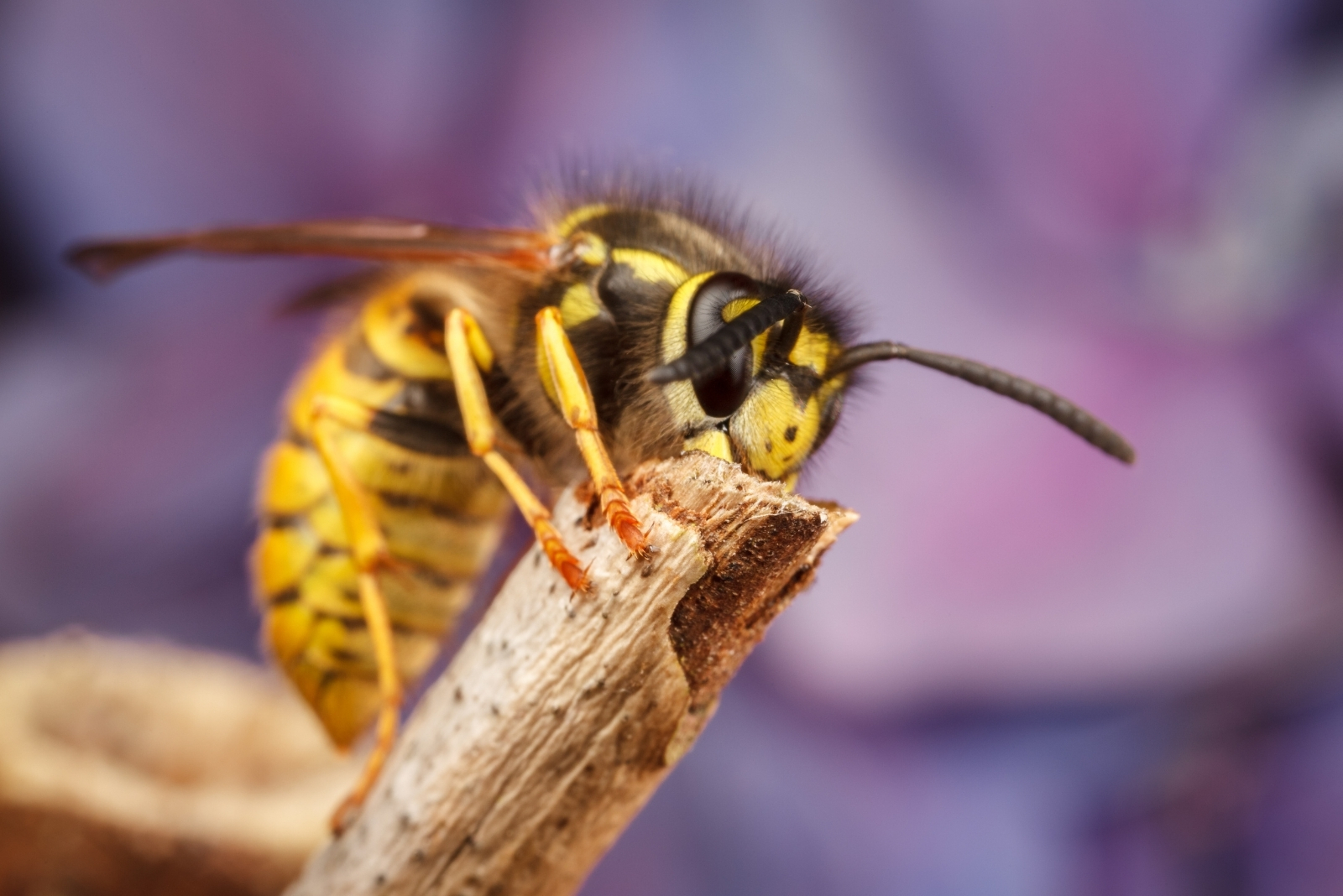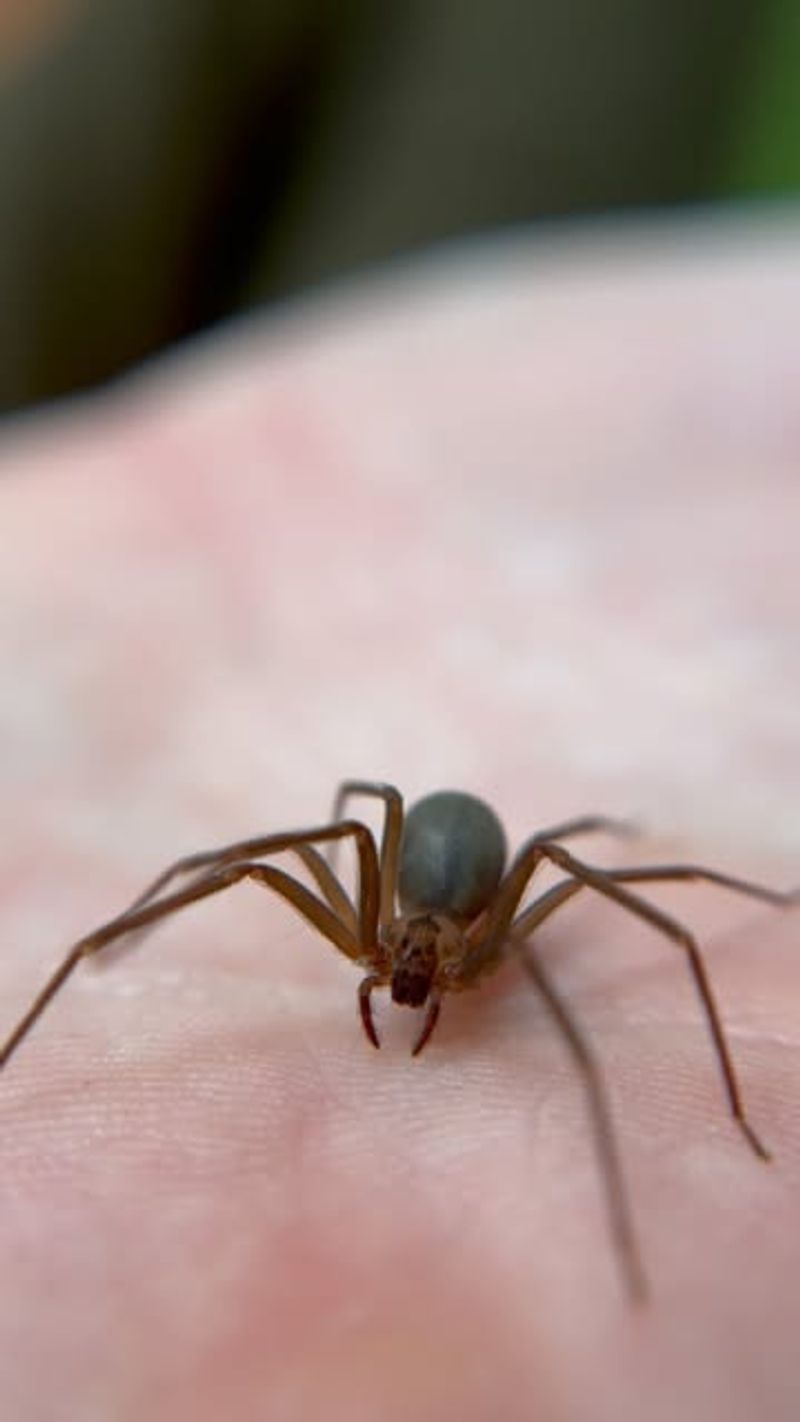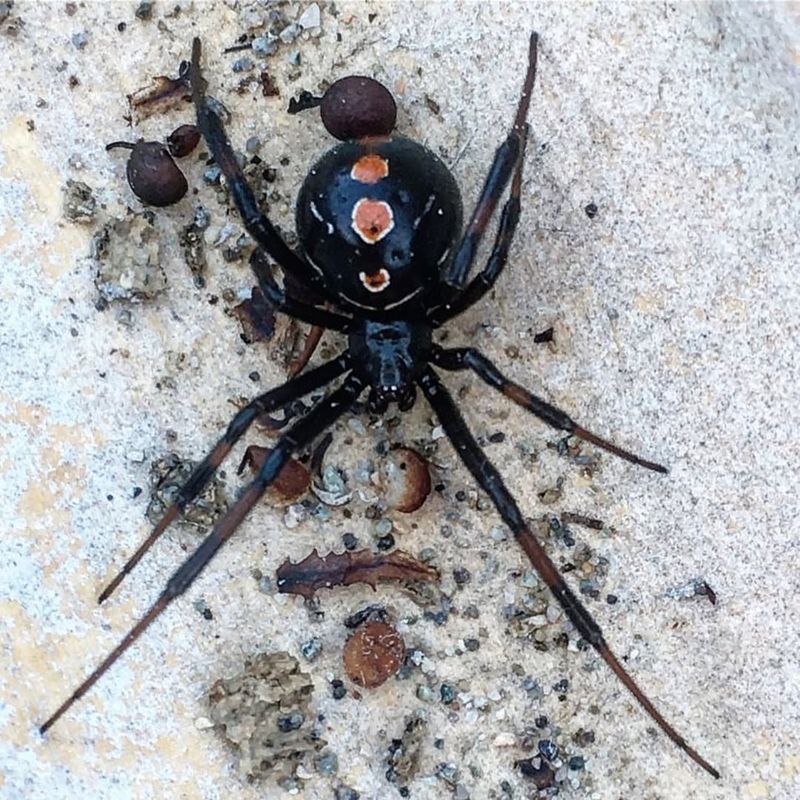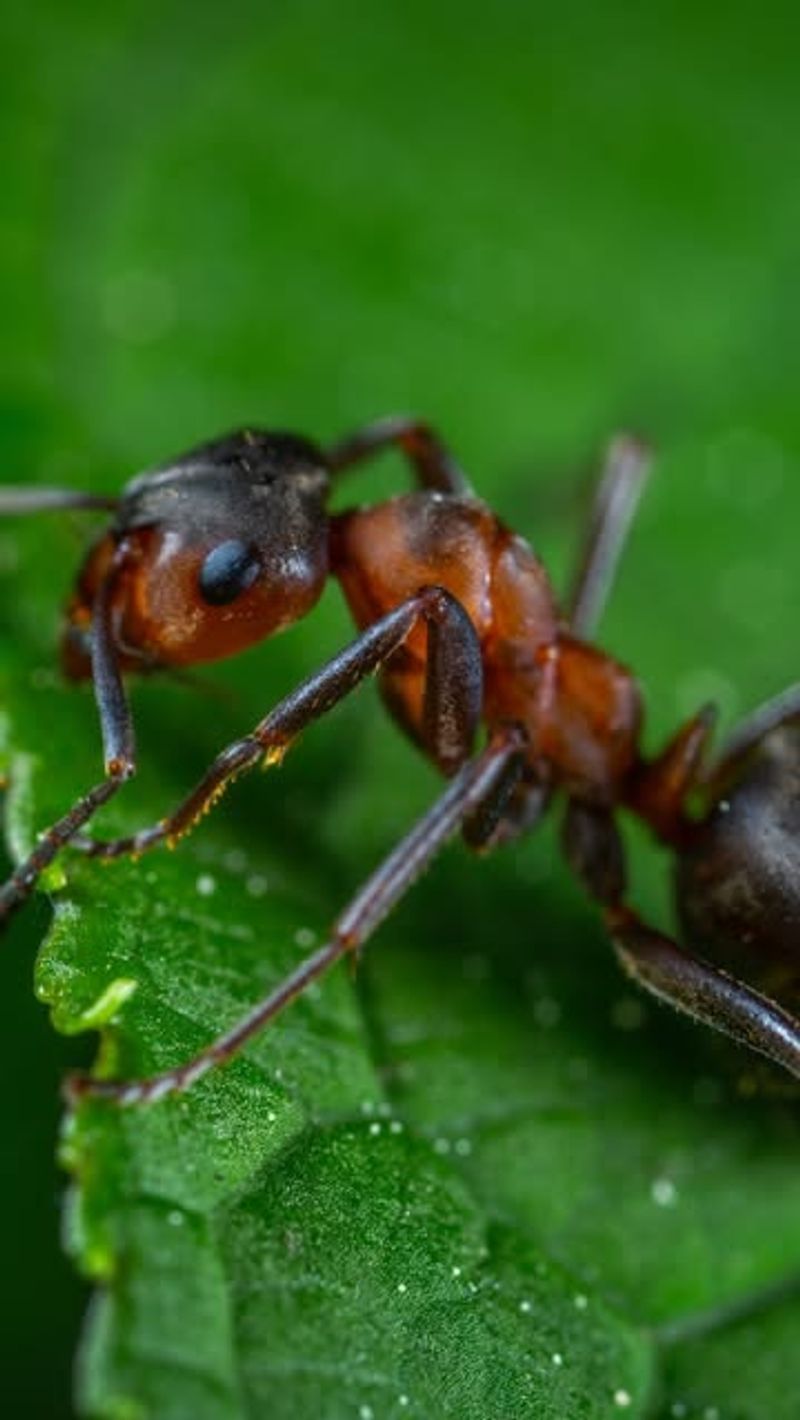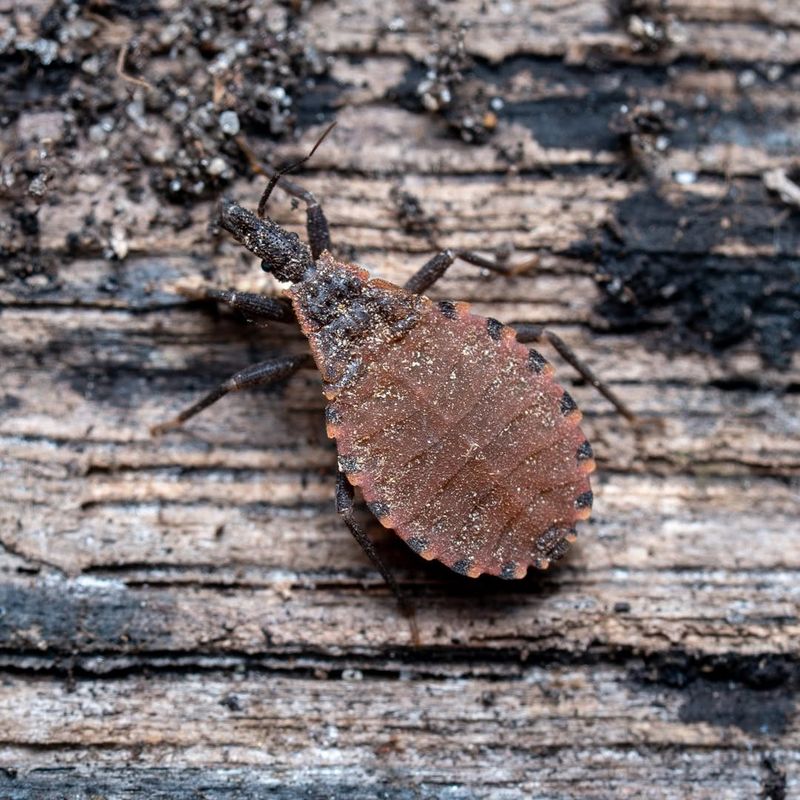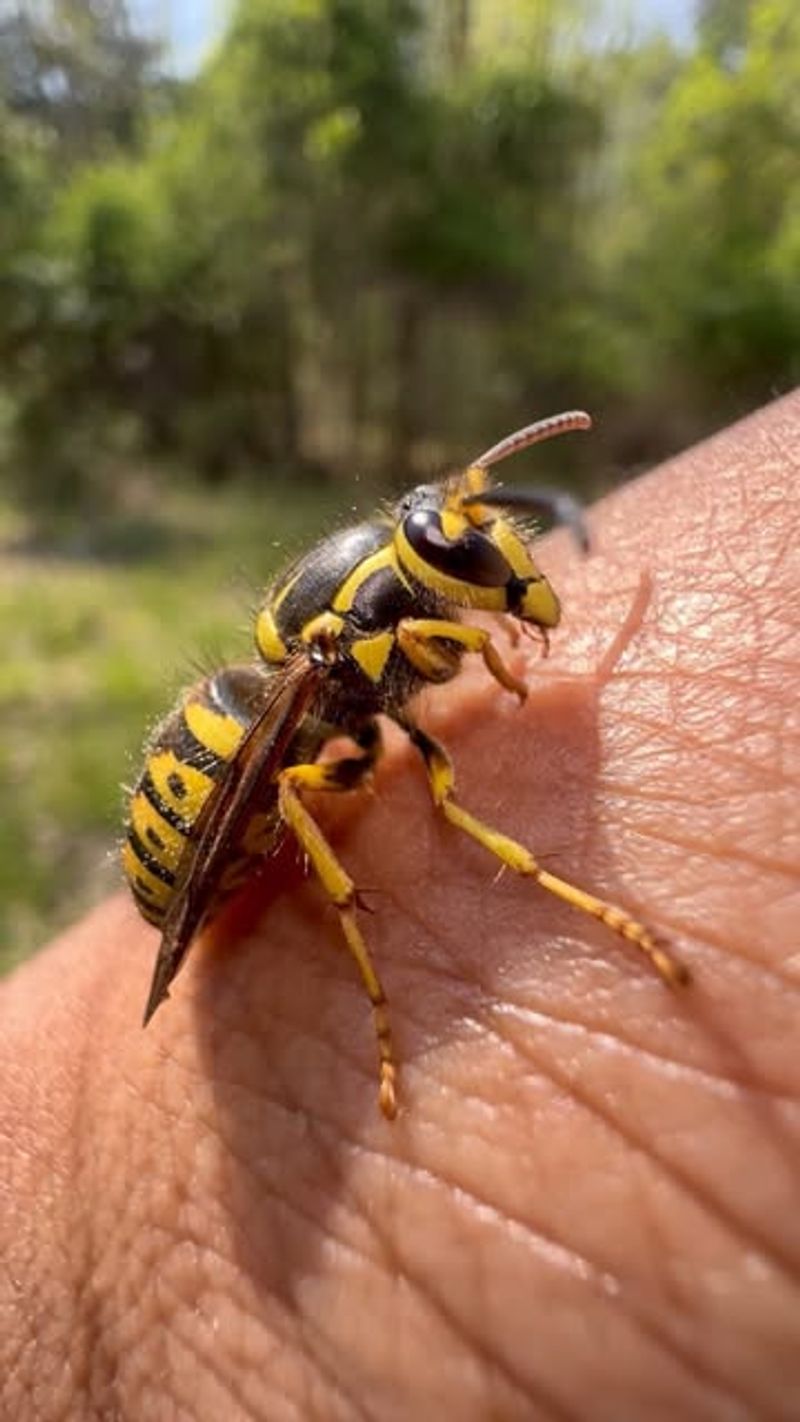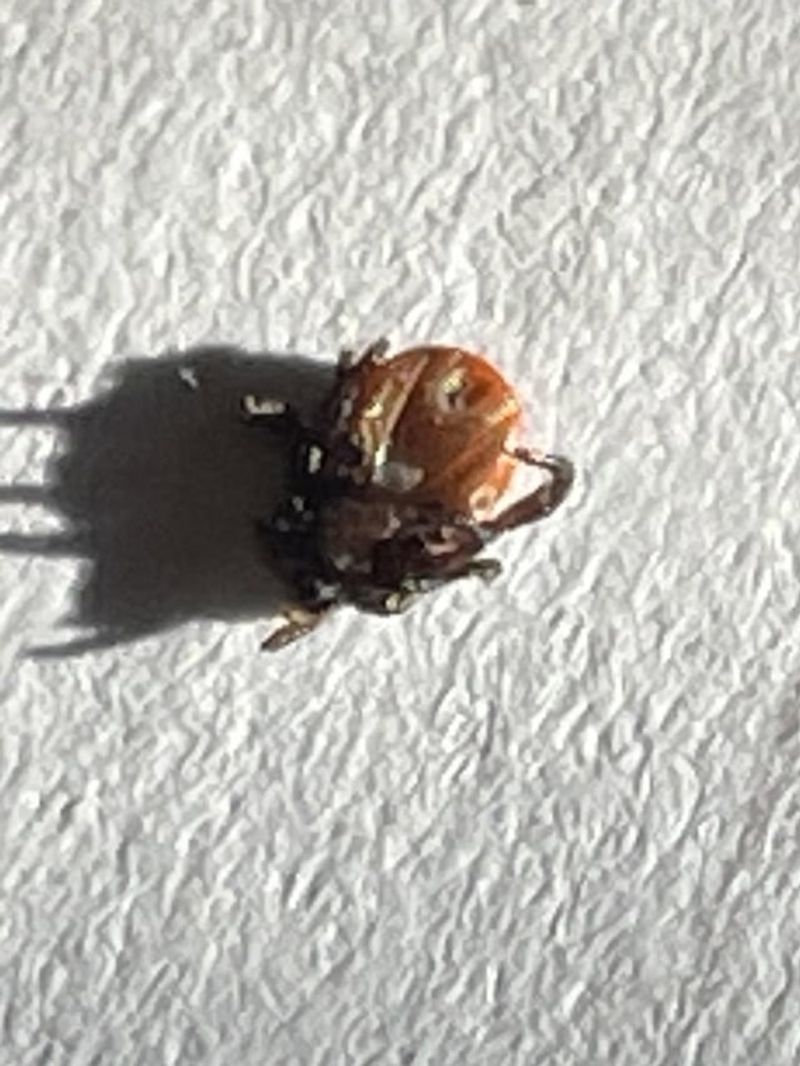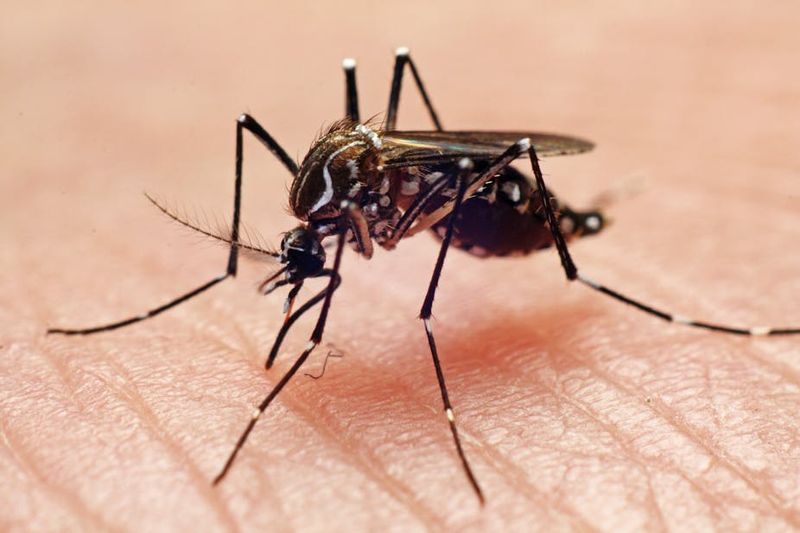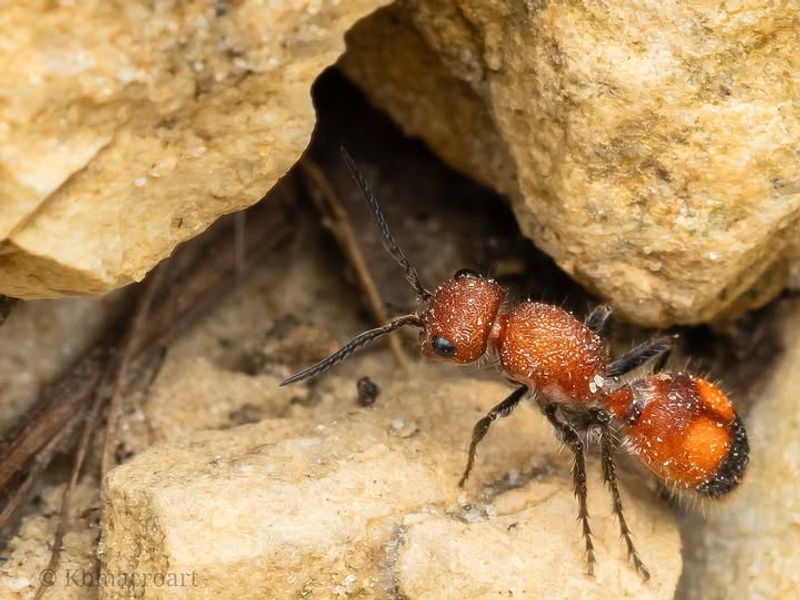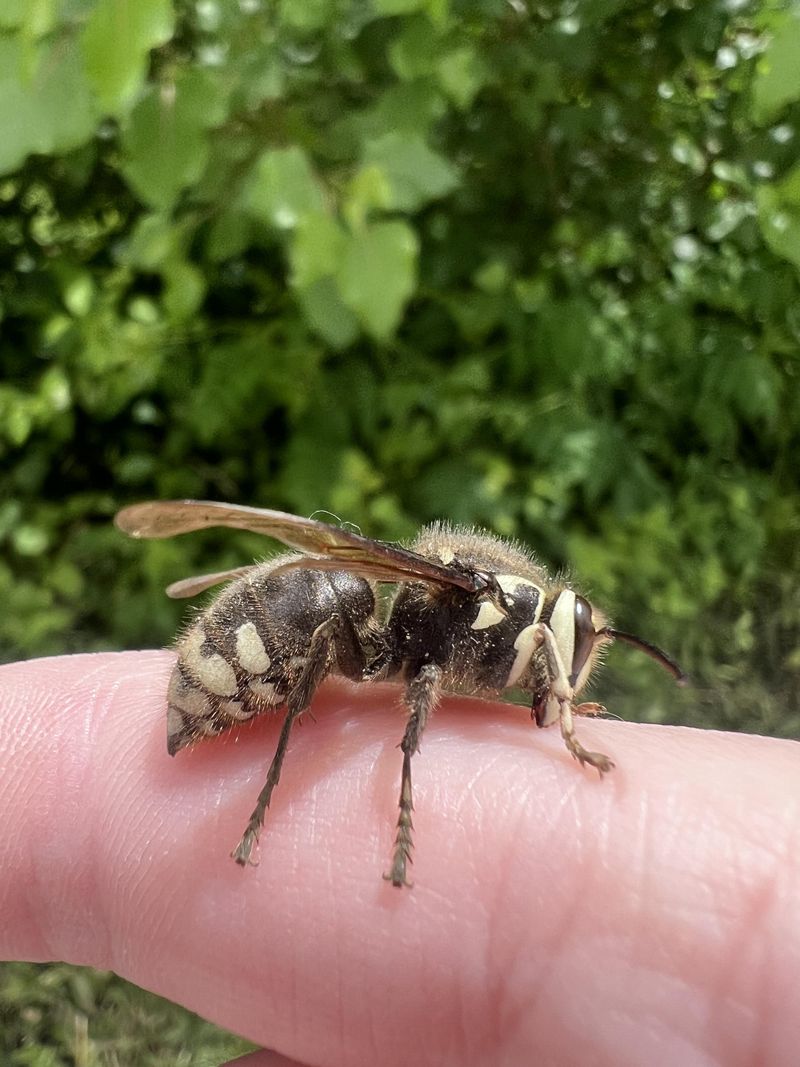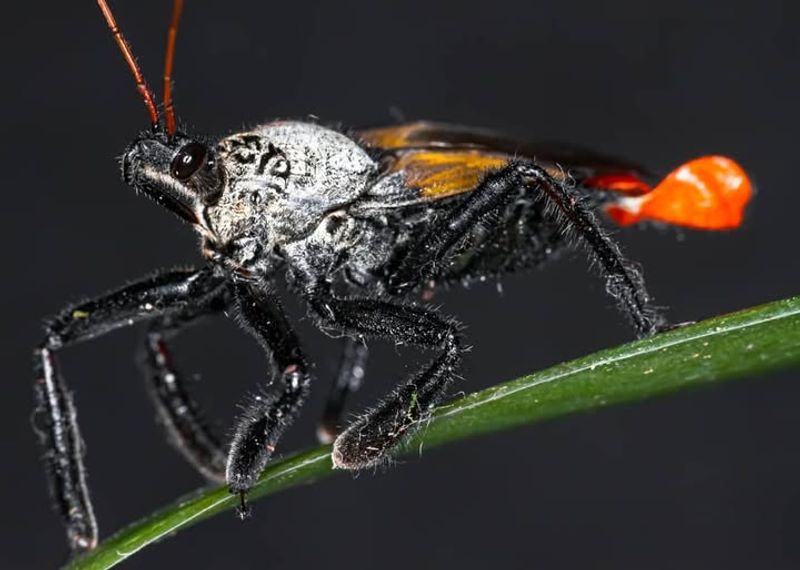Georgia gardens are vibrant, but some insects can turn that beauty into trouble. I’ve learned the hard way which bugs to watch for and act on fast.
Their damage can escalate if ignored, so knowing them helps keep gardens safe. Here are ten dangerous insects you should deal with immediately.
1. Brown Recluse Spider
Spotting a brown recluse in your Georgia home should trigger immediate action. Their venom causes tissue damage that can lead to serious wounds requiring medical treatment.
Look for the violin-shaped mark on their back, though it can be hard to see. They hide in dark, undisturbed places like closets, basements, and storage boxes.
If you find one, call pest control right away. Their bites might not hurt initially but can develop into painful, festering sores that take months to heal completely.
2. Black Widow Spider
Black widows pack a neurotoxic punch that makes them one of Georgia’s most feared spiders. The females, recognizable by their shiny black bodies and red hourglass markings, deliver bites that cause severe muscle pain and cramping.
Children and elderly people face the highest risk from their venom. You’ll often find them in woodpiles, sheds, and garage corners throughout Georgia.
Never handle them with bare hands. Professional removal is your safest bet when dealing with these venomous arachnids.
3. Fire Ants
Fire ant colonies can turn your Georgia yard into a danger zone within days. Their aggressive nature means they swarm and attack anything that disturbs their mound, injecting painful venom with each sting.
Multiple stings cause burning sensations that last for hours. Some people experience severe allergic reactions that require emergency care.
Destroy mounds immediately using approved pesticides or boiling water. Kids and pets are especially vulnerable, so check your property regularly for new colonies appearing across your lawn.
4. Kissing Bugs
Don’t let the cute name fool you—kissing bugs carry Chagas disease, a serious parasitic infection. Georgia residents have reported increasing encounters with these blood-sucking insects that bite around the mouth and eyes while people sleep.
Their flat, oval bodies feature orange or red stripes along the edges. They hide in cracks around your home during the day.
Seal any openings in walls and screens to keep them out. If bitten, save the bug for identification and consult a doctor immediately.
5. Yellow Jackets
Yellow jackets become incredibly aggressive when defending their nests, especially during late summer in Georgia. Unlike honeybees, they can sting multiple times without dying, making them extremely dangerous to anyone nearby.
Their nests often hide underground or in wall voids. Disturbing a colony accidentally can result in dozens of painful stings within seconds.
Watch for increased activity around trash cans and outdoor eating areas. Professional extermination is essential because DIY removal often triggers massive attacks from the entire colony.
6. Deer Ticks
Lyme disease cases are climbing in Georgia, and deer ticks are the primary carriers. These tiny parasites latch onto skin during hikes or yard work, often going unnoticed for days.
Early removal is critical to prevent infection. Check yourself, kids, and pets thoroughly after spending time outdoors in wooded or grassy areas.
The signature bullseye rash doesn’t always appear, so watch for flu-like symptoms after tick bites. Use tweezers to remove them carefully, pulling straight out without twisting or crushing the body.
7. Mosquitoes Carrying Disease
Georgia’s humid climate creates perfect breeding grounds for mosquitoes that spread West Nile virus, Zika, and Eastern Equine Encephalitis. Standing water anywhere on your property becomes a nursery for thousands of these disease-carrying pests.
Empty flower pots, birdbaths, and clogged gutters weekly. Mosquitoes only need a bottle cap’s worth of water to reproduce.
Use repellent containing DEET when outdoors during dawn and dusk. Installing screens and eliminating breeding sites protects your family from potentially life-threatening infections.
8. Velvet Ants
Velvet ants aren’t actually ants—they’re wingless wasps with one of the most painful stings in the insect world. Georgians call them cow killers because folklore claims their sting is powerful enough to drop a cow.
Their bright red and black fuzzy bodies make them easy to spot. Despite their cute appearance, never touch one.
The sting causes immediate, intense pain that can last 30 minutes. They’re usually solitary, but remove them from areas where children play to prevent accidental encounters with these deceptively dangerous insects.
9. Bald-Faced Hornets
Bald-faced hornets build massive paper nests that can house hundreds of aggressive defenders. Georgia’s trees and eaves provide ideal locations for these colonies that grow throughout summer.
They’re actually yellow jackets with white markings, not true hornets. Their stings are incredibly painful and they attack in swarms when threatened.
Never approach their nests, which can reach basketball size. Professional removal is absolutely necessary because these insects have excellent memory and will chase perceived threats for considerable distances across your property.
10. Assassin Bugs
Assassin bugs earn their name through their predatory hunting style, but they’ll also bite humans defensively. Their curved beak injects powerful enzymes that liquefy prey from the inside out.
Georgia gardeners sometimes mistake them for beneficial insects. While they do eat pests, their bite causes intense pain, swelling, and possible infection.
Some species also carry Chagas disease parasites. Remove them carefully without touching, as they’ll strike quickly when cornered. Wear gloves when handling plants where you’ve spotted these potentially dangerous hunters lurking around.

